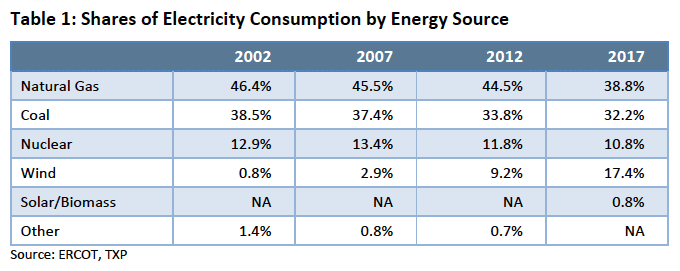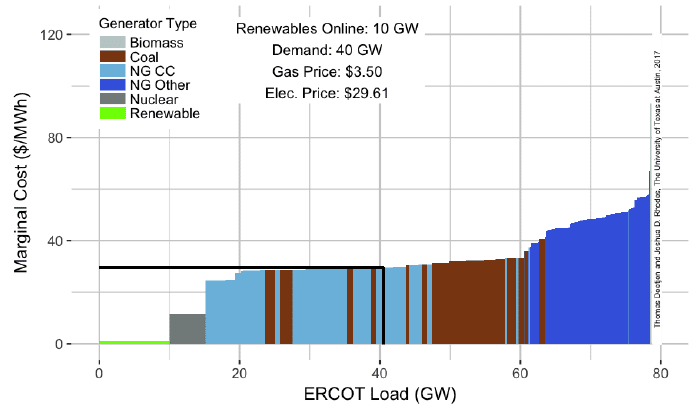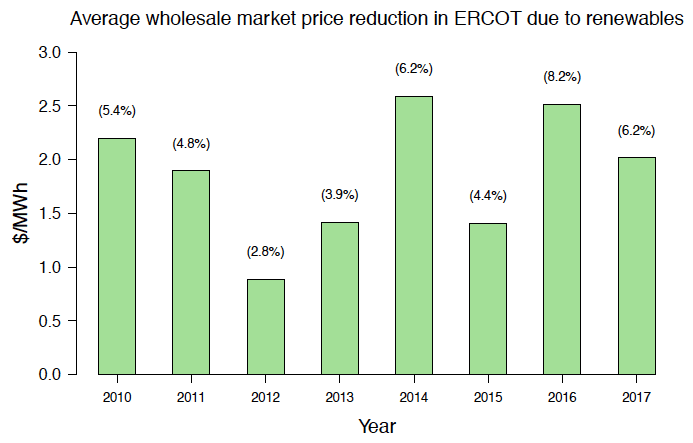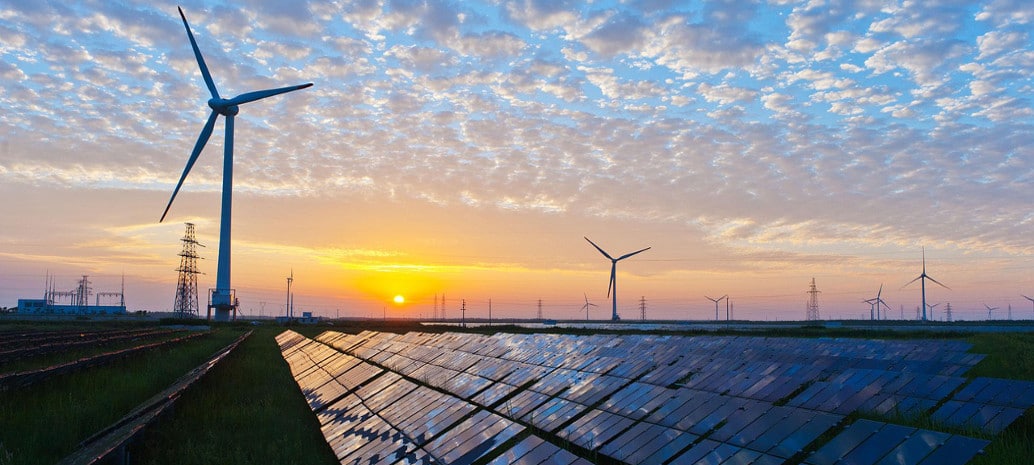There is a lot to chew on in The Economic Value of Renewable Energy to Texas, a new report by the Wind Solar Alliance. In addition to numbers on jobs, reduced pollutants and projected numbers for economic development, there are also figures for revenues to local governments and landowners, all in the cornucopia of economic benefits brought by these two resources.
However, perhaps the most interesting thing in this report – which represents the latest joint effort of the American Wind Energy Association (AWEA) and the Solar Energy Industries Association (SEIA) – are the numbers on how wind, and to a lesser degree solar, are bringing down wholesale power prices and making them more stable.
This speaks to not only how renewable energy is ushering in a new era of super-cheap electricity, but also provides the secret to how wind and solar will increasingly drive more expensive and uncompetitive conventional power plants off the grid in wholesale power markets.
Zero marginal cost
The fundamental magic of this, as detailed in the report, is the phenomenon of zero marginal cost. Because wind and solar have no fuel cost, low operations and maintenance costs and do not suffer the wear due to ramping that thermal generation does, it’s pretty much the same cost to the plant whether it is generating power or not.
As such wind and solar bid into wholesale power markets at very low cost, and are usually dispatched first.

In Texas in 2017, this was not a small amount of wind and solar. The 20 GW of wind and 1 GW of solar made up 17.4% and 0.8% respectively of the electricity consumed in the Electric Reliability Council of Texas (ERCOT) grid represented quite a volume of resources bidding in at next to zero.
Particularly when coupled with low gas prices, this is bringing down the cost of generation. As shown in the figure below, at 40 GW of demand and a gas price of $3.50 per MMBTU, even 10 GW of wind and/or solar keeps the bid price just below $30 per megawatt-hour. This prevents not only the most expensive gas plants – such as less efficient simple-cycle plants – from clearing but also most of the coal plants in the fleet.

The report finds that negative prices are relatively rare and usually are due to transmission congestion in West Texas.
2.8%-8.2% fall in wholesale costs
The phenomenon of zero marginal cost generation depressing prices is not new, but what Joshua Rhodes of IdeaSmiths, the author of this portion of the report, has done is to put numbers to just how much this is affecting prices in ERCOT.
Rhodes’ modeling found that found that wind and solar have reduced wholesale power prices by an average of between $1 and $2.50 per megawatt-hour each year from 2010 through 2017, resulting in prices that were between 2.8% and 8.2% lower than they would have been without these resources.

Over the course of these eight years, Rhodes estimates that reduced wholesale power prices by $5.7 billion – or about $700 million annually, or ~$25 for every resident of Texas each year. He also found that the effect is greater during years when gas prices are higher, and that as such wind and solar are not only making wholesale power cheaper, but also dampening price volatility.
A future of cheap power
This is just the beginning. Texas continues to add more wind every year, and ERCOT has estimated that the state could put online 13 GW of solar by 2030. This will ultimately mean more hours where coal and gas plants are not operating, and more retirements of conventional generation.
While the report focuses on Texas, it is not hard to extrapolate this scenario across the entire United States. Significant volumes of wind are present on the MISO grid, and New England saw its first “duck curve” day where mid-day net demand fell to a lower level than overnight demand due to high levels of solar.
It is important to note that the zero marginal cost of wind and solar generation will not discriminate between types of plants, knocking off whatever plants are the most expensive and must run the most to pay off their loans. This is why much of the 110 GW of gas plants planned for the United States may become stranded assets, if utilities and developers insist upon building them.
While some wholesale market design may be necessary to keep sufficient reserves – particularly if such market design rewards flexible generation – the fall of wholesale power prices is good news for consumers, who get cheaper power at more stable prices. It also helps industry, which becomes more competitive when the price of one key input – electricity – falls.
And, of course, there are the jobs, tax revenues, lease payments, and economic development benefits. But that’s for another time.
This content is protected by copyright and may not be reused. If you want to cooperate with us and would like to reuse some of our content, please contact: editors@pv-magazine.com.









You need a backup gas plant for solar and wind when the sun doesn’t shine and the wind doesn’t blow. These plants cost money and the cost is present when they are not generating electricity when renewable energy is being generated. Customers have to pay for the backup.
While it is true that wind and solar are variable and you need some other form of power when they are not generating, this does not necessarily need to be gas. It can be hydroelectric power (which is not available in Texas), or it can be electricity from wind and solar stored in batteries or some other form of energy storage.
But if you look at the details from Texas, wind and solar are reducing the need for gas “peaker” plants by supplying electricity when it is most needed. So the reality here is more complex and nuanced than you statement suggests. There is not a 1:1 need for gas to match wind and solar capacity, and most places in the United States have _plenty_ of gas plants already.
Hopefully industrial sized batteries and other types of energy storage facilities will be coming online soon to store the excess energy we will have when there are too many solar/wind projects dumping energy onto the grid on sunny/windy days.
“Dumping”? Sorry, but I don’t consider generating electricity – one of the fundamental inputs of our civilization, and an ingredient that enables massive value creation in manufacturing and industrial processes – to be dumping.
What you mean by “dumping” is: reducing the output of thermal (mostly fossil fuel-fired) power stations. And that’s a good thing.
When we have more electricity generation than demand, the market will find a way to utilize this. Batteries are one of those ways. EV charging is another.